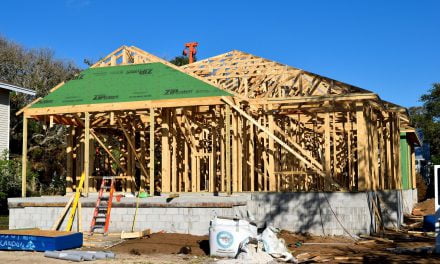Permit valuations in San Diego County have shown an impressive rally, up 85.9% from last year to $661.1 million. Although nowhere near the percussive boom qualities of the newborn millennium, the San Diego nonresidential construction market is showing signs of strength, as some businesses look for larger facilities with optimistic plans for expansion.
Total statewide permit valuations through July 2011 showed gains as well. Positive growth was up 12.8% over last year, at a total of $821 million. Thus, San Diego’s nonresidential construction mini-boom accounts for over 43% of statewide growth.
While most of California’s real estate brokerage community can still be heard singing the blues, industry experts in Southern California are far more hopeful. Some see the recent surge in nonresidential construction as a definitive signal of recovery. So the logic goes — if you build it they will come. [For analysis of the optimism factor in commercial property brokerage, see the July 2011 first tuesday article, Just think positive and be happy?]
first tuesday take: The fact that nonresidential construction growth in San Diego County accounts for nearly half of all growth statewide this year raises a bright red flag. Make no mistake, success in San Diego (and Silicon Valley) is a good sign for California’s job and real estate market. However, this is localized success, based on strength primarily in the tech industry, and speaks very little to a statewide job and real estate revival.
Despite these small victories, we are still suffering under a lesser depression resulting from systemic political and economic dysfunction. We need these little triumphs to keep us going and, as long as California continues to be the seat of the world’s technological innovations (particularly in software), we will continue to experience growth (and thus semi-sustainability) in key regions. [For a practical resource on income property brokerage, see the April 2011 first tuesday article, Income Property Analysis for investor review.]
If Silicon Valley is the heartbeat of California’s jobs market (and thus its real estate market, as real estate follows jobs) Los Angeles and San Diego are the feet. Real estate professionals who want to begin earning fees now must go where the innovation is. This assumes, of course, that they have the mobility to make a move to better markets. Otherwise, you will be waiting a long time. [For more information on forthcoming trends in the California real estate market, see the July 2011 first tuesday article, From city to suburbia then back.]
re: “Nonresidential construction surprisingly strong” from Sign on San Diego














